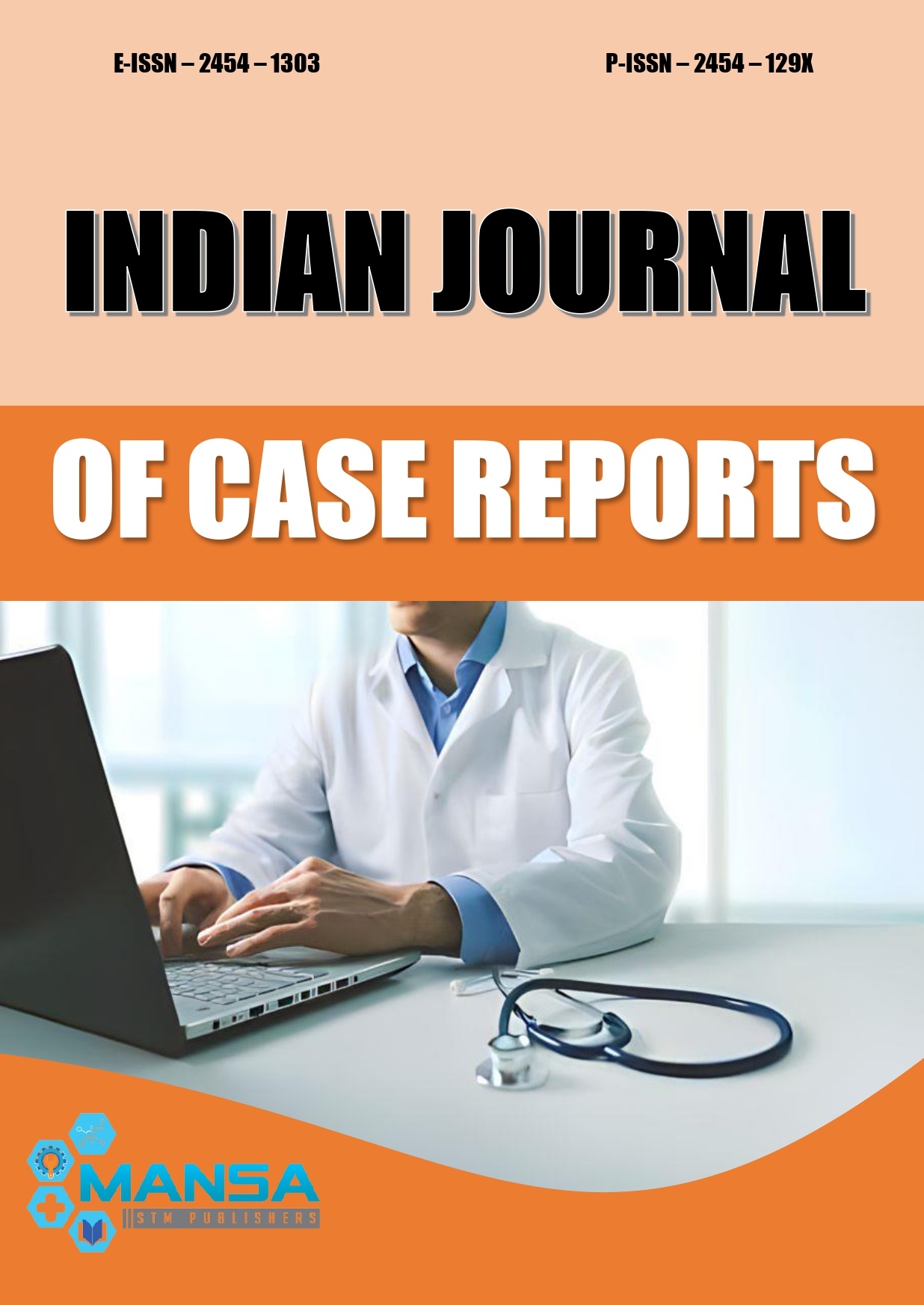Inverted and impacted mandibular third molar: A rare case report
DOI:
https://doi.org/10.32677/ijcr.v10i10.4631Keywords:
Cone-beam computed tomography, Impaction, Inverted tooth, OrthopantomographAbstract
A tooth is considered to be impacted when it fails to erupt fully or emerge partially. Impaction is most common with wisdom teeth because they are the last tooth to erupt in the oral cavity. An impacted tooth is embedded within soft tissue or bone for various reasons. Tooth may also become twisted, tilted, or displaced as they try to emerge in closed space resulting in impaction. A tooth is said to be inversed when it is placed reversed and seated upside down. In the mandible, ascending ramus is the most common site for third molars. Inversion of the impacted tooth is a rare condition. In this literature, a very rare case of inverted and impacted mandibular third molar has been reported in a 28-year-old female patient with swelling and pus discharge, considering the associated symptoms, surgical removal was performed.
Downloads
Downloads
Published
Issue
Section
License
Copyright (c) 2024 V P Sreejith, Ushas Puthalath, Jibin Jose Tom, M Amrutha Krishnan, M C Vidhya Vijayan

This work is licensed under a Creative Commons Attribution-NonCommercial-NoDerivatives 4.0 International License.

